Australian company Lightburn was a manufacturer of cement mixers and washing machines, but in 1963 it decided to branch out into making affordable small cars. The company's first product was the front-wheel drive Zeta, with a 324cc two-cylinder Villiers engine, just 363 of which were made between 1963 and 1965, along with a mere 14 Zeta utes.
Harold Lightburn turned his company into a car manufacturer by buying in a ready-developed economy car in the form of the British Anzani Astra Utility, a vehicle that had failed completely to capture the imagination of buyers in its home market.
Billed as “Australia’s own second car”, the glassfibre-bodied Lightburn Zeta Runabout was compact and theoretically just the job for local trips such as shopping runs, but its low-powered engine and four-speed motorcycle gearbox with a sequential gearchange and shut-off-and-restart reverse was not something the public warmed to. As a result the Zeta Runabout wasn't easy to sell, despite the best efforts of dealers to do so.
The Zeta Runabout was full of flaws but one of the biggest was that despite appearances, it wasn't fitted with an opening tailgate, necessitating the removal of the seats for serious load-carrying. Dealers reckoned this was actually a selling point; the seats could be easily removed to create a spacious load bay and in those pre-health and safety days it was claimed (incorrectly) that they could even be fitted to the Runabout's roof to create a portable grandstand. To aid getting stuff in and out, the doors were designed to open through 180 degrees so they came to rest against the front wings – but an opening tailgate would have made life so much easier for owners.
When it went on sale in 1964, Lightburn claimed that the Zeta Runabout was the first vehicle to be sold in Australia that combined the best elements of a saloon, estate and pick-up. The fact that there was no opening tailgate was quite a stumbling block for many potential buyers, so Lightburn focused on the car's ruggedness in his marketing.
In 1964 Lightburn entered a Zeta in that year's Ampol Trial, a two-week 7000-mile rally that tested the mettle of the 151 entries. Of those 118 finished – all but 12 of which suffered structural damage. One Zeta emerged in good shape though, despite its bodywork being made of lightweight glassfibre. Lightburn somehow managed to overlook the fact that his other two Zeta entries didn't fare so well and retired in pieces…
Despite the Lightburn Zeta Runabout's potential durability it was slow and ugly. Press reports criticised the car's ride, steering, clutch and gearchange, with Wheels stating: "its performance is virtually nil. The car is so low-powered that outside city limits or on undulating highway it becomes almost an embarrassment". The same magazine coaxed 50.4mph from its test car, along with 41.4mpg.
When the Zeta Runabout had been introduced, its maker claimed that production would settle down at 50 per week, but that was clearly wishful thinking with just a few cars emerging from the Novar Gardens factory each week. Lightburn made a last-gasp attempt to make the Zeta Runabout more appealing by investing in a facelift, with a much tidier grille and headlight treatment but it was too little too late, with just 31of these later cars made. The Zeta was too flawed for a makeover to make any difference, and once the plug was pulled on it, Lightburn retreated from car production permanently.
As a side note, alongside the Zeta Runabout Lightburn also sold the Zeta Sports. Or at least it tried to, but this rehashed Frisky Sport proved an even harder sell with just 28 or so examples made.
| Vital statistics | |
|---|---|
| Produced | 1964-1966, Australia |
| Number built | 363 saloons, 14 utes |
| Engine | Front-mounted, 324cc, 2-cylinder |
| Transmission | 4-speed manual, front-wheel drive |
| Power | 16bhp |
| Top speed | 50mph |
- The 1964 Lightburn Zeta Runabout pictured was sold by RM Sotheby's in 2013 for $11,500. Many thanks to RM Sotheby's for the use of its pictures to illustrate this article.

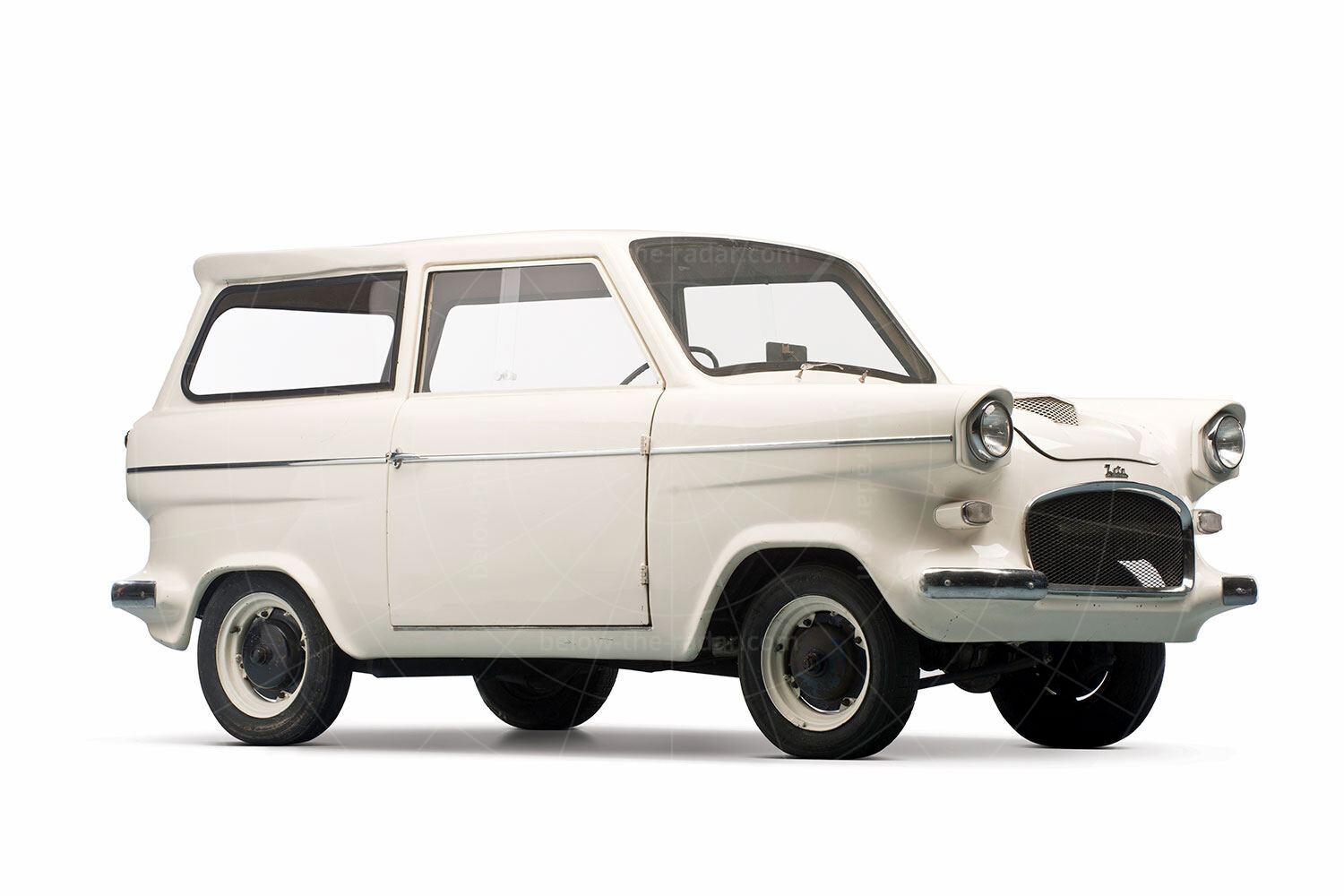
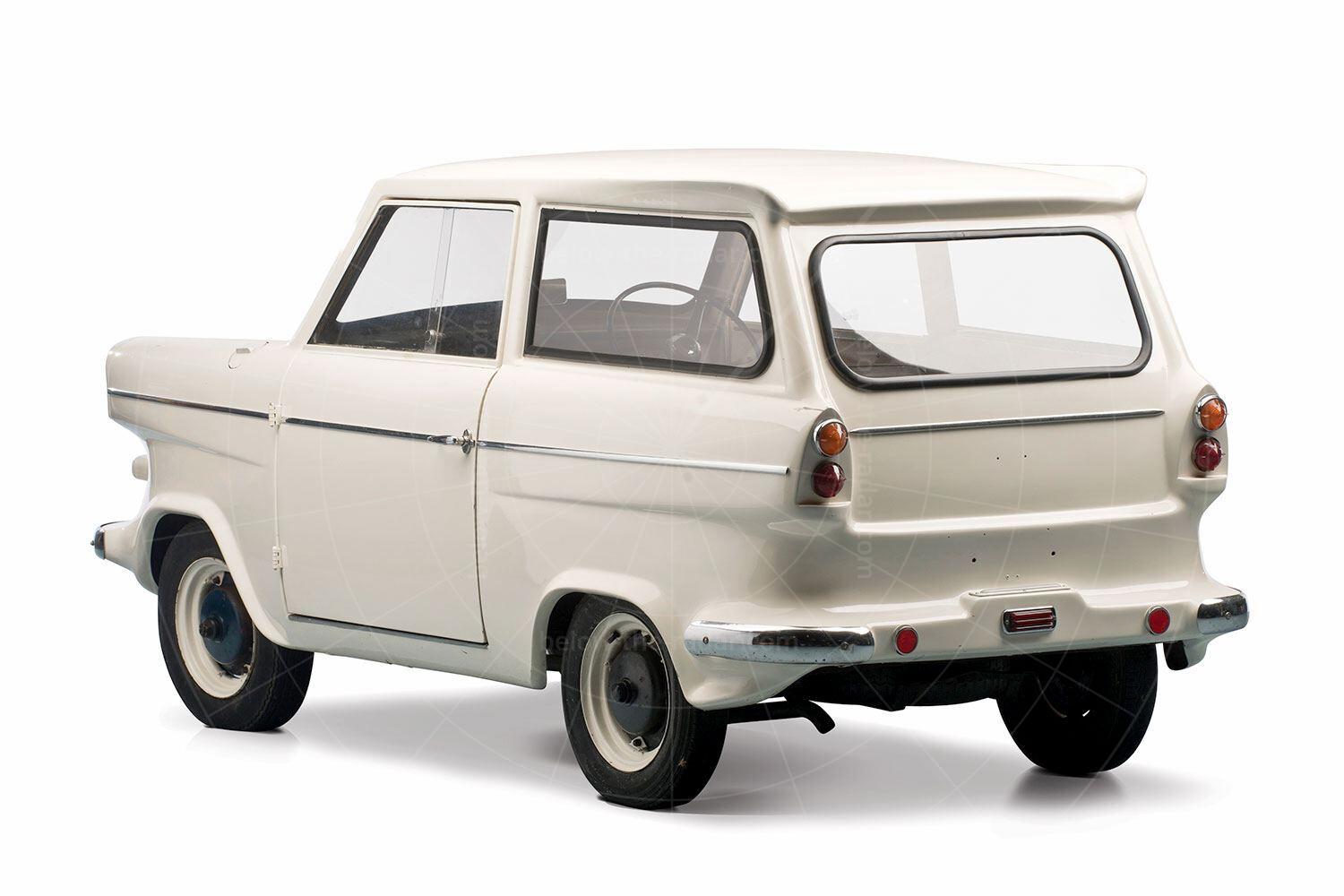
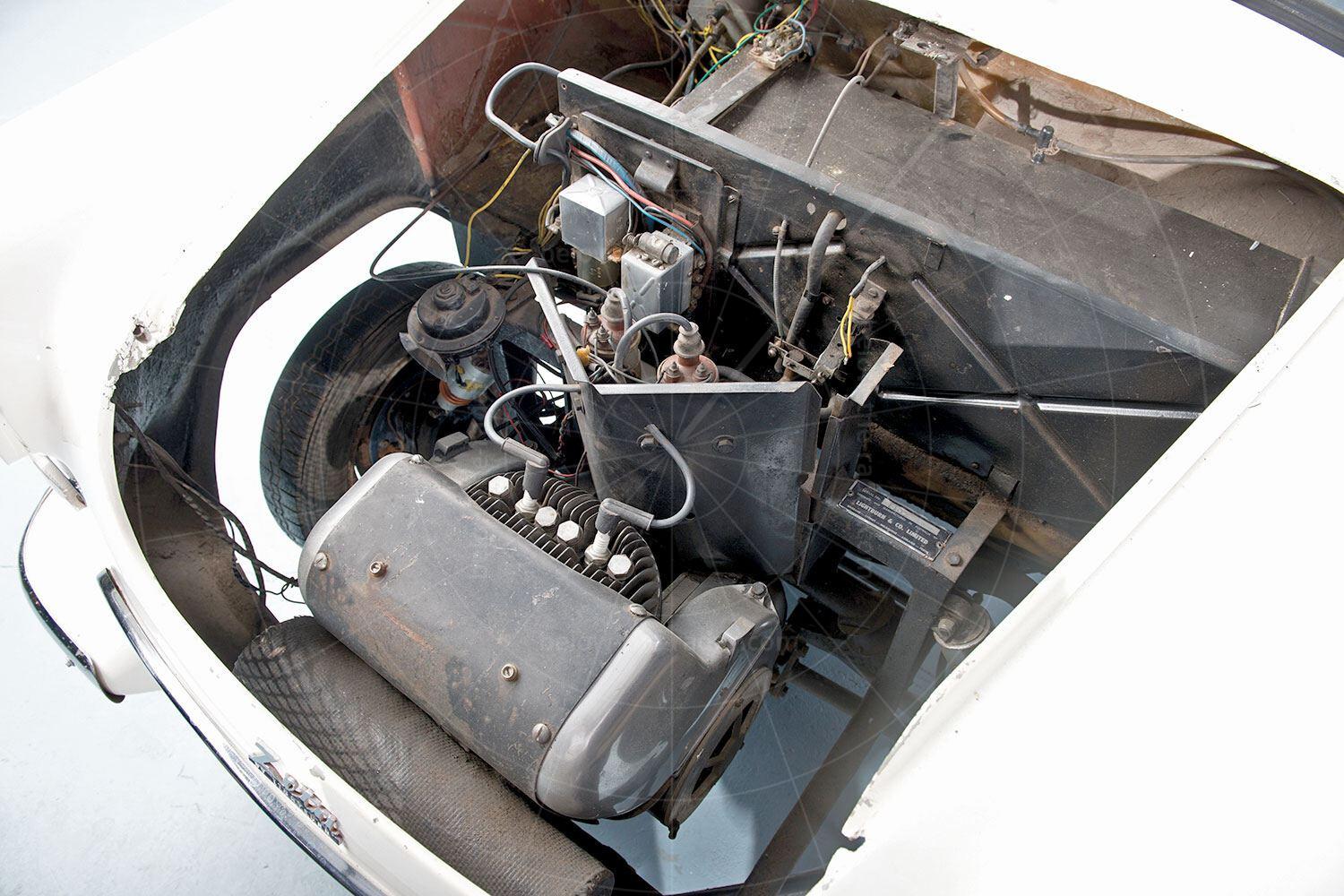
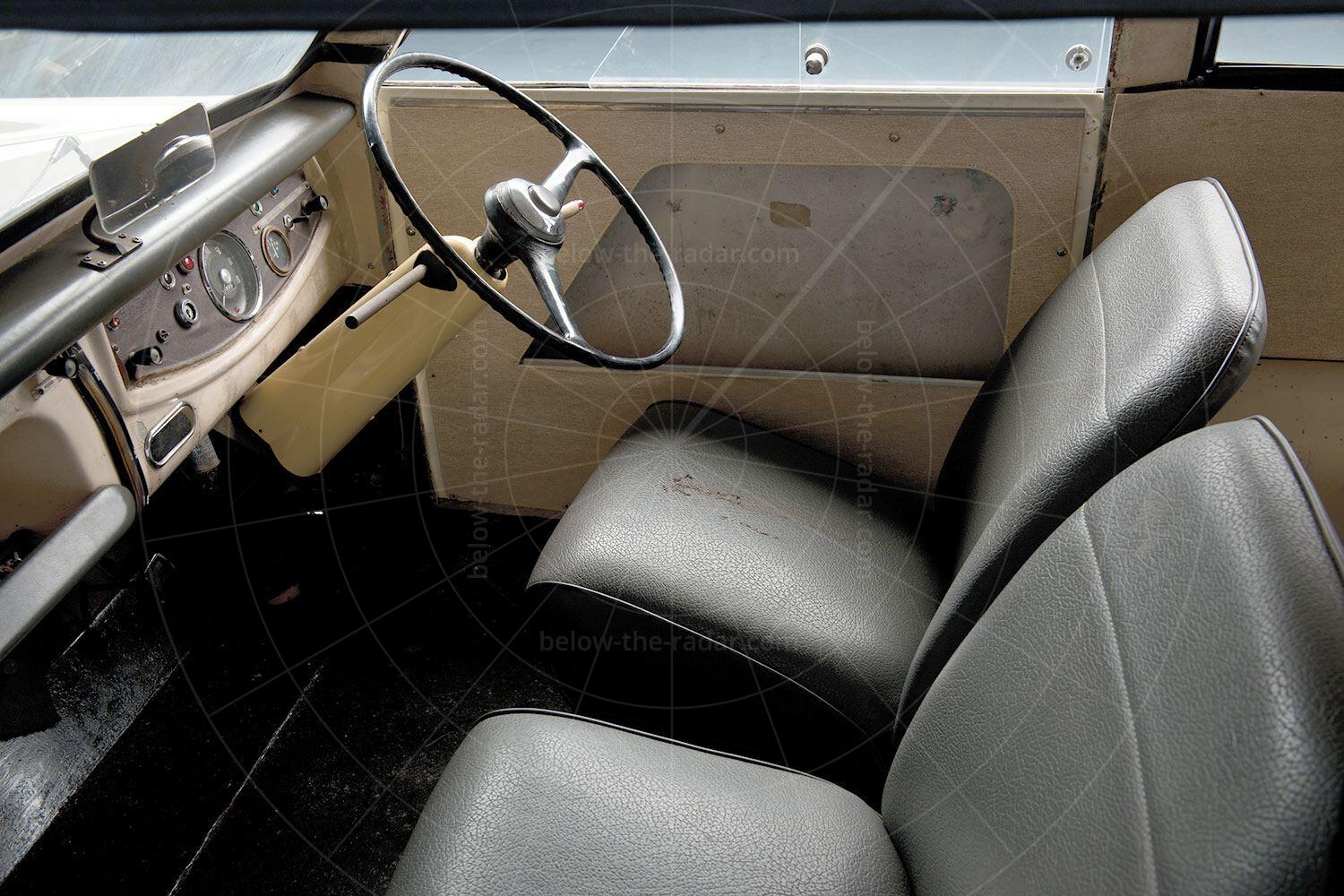
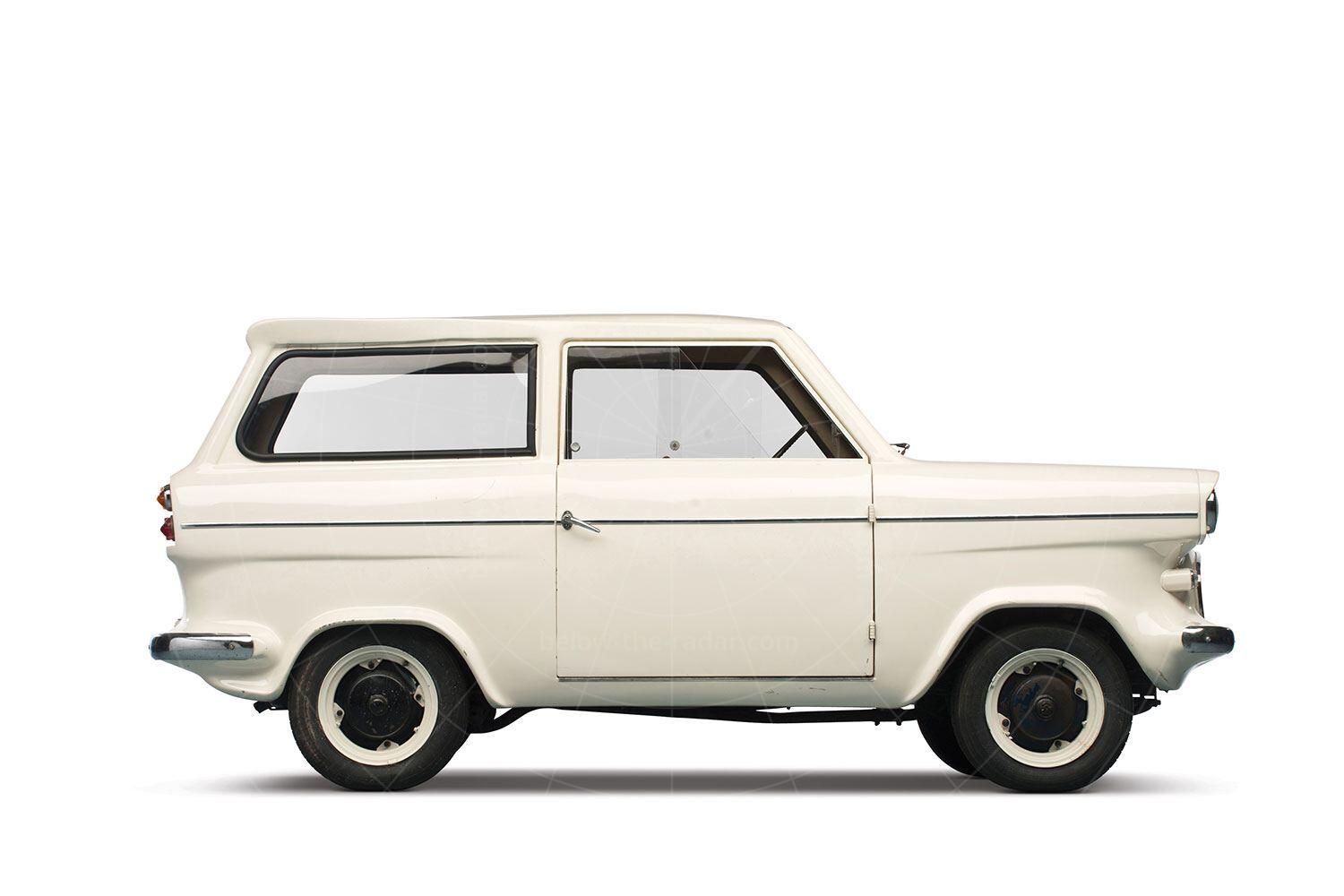
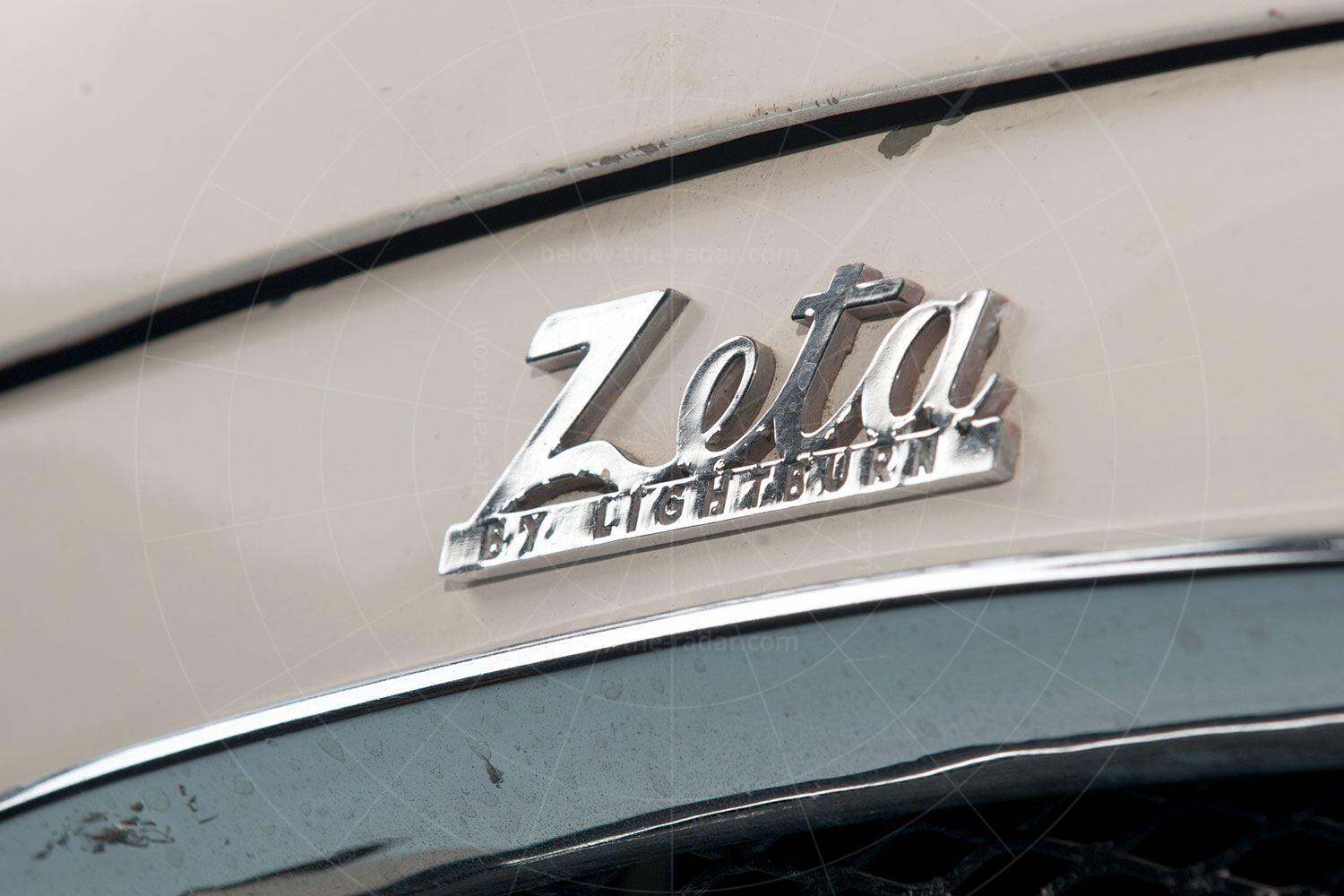
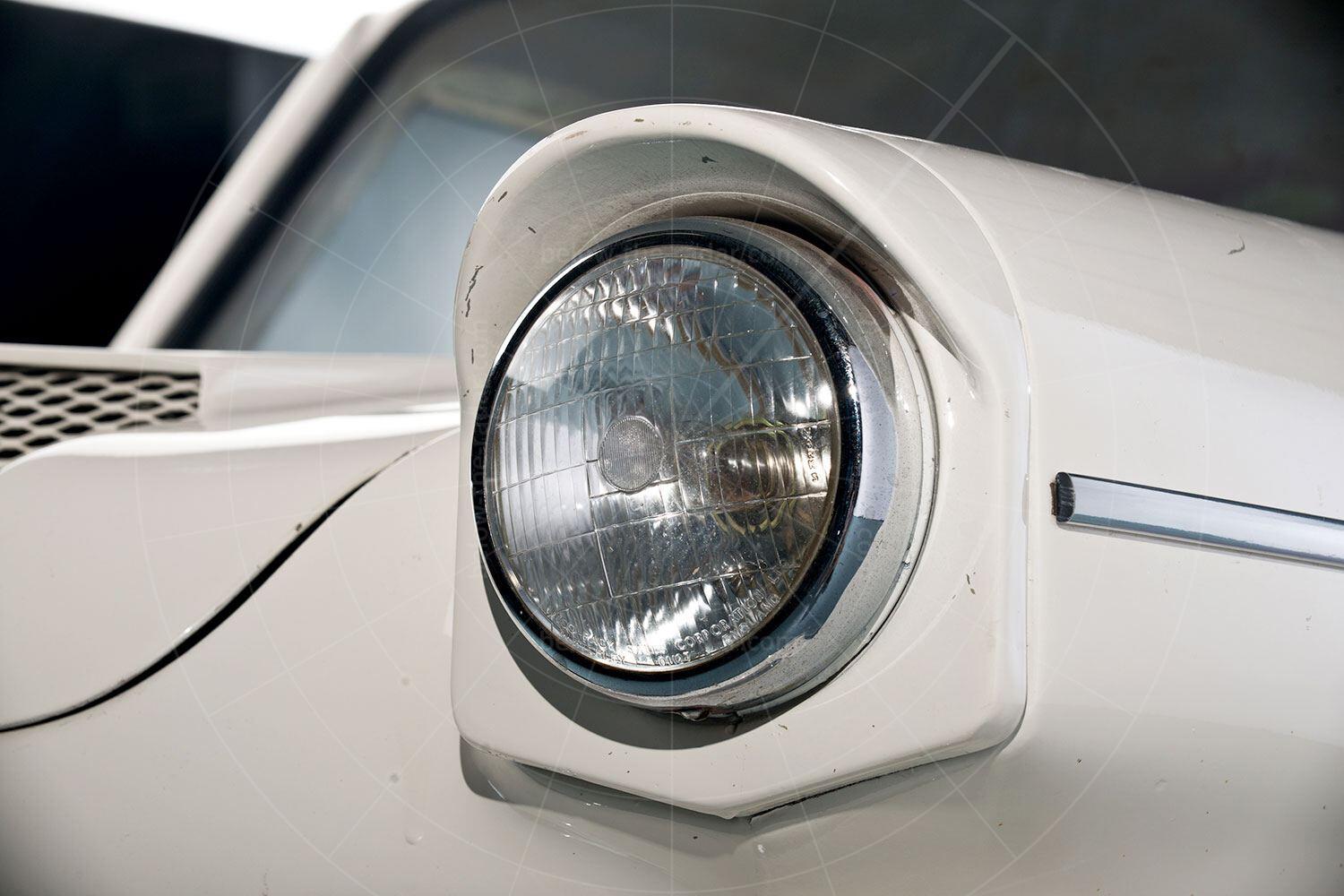
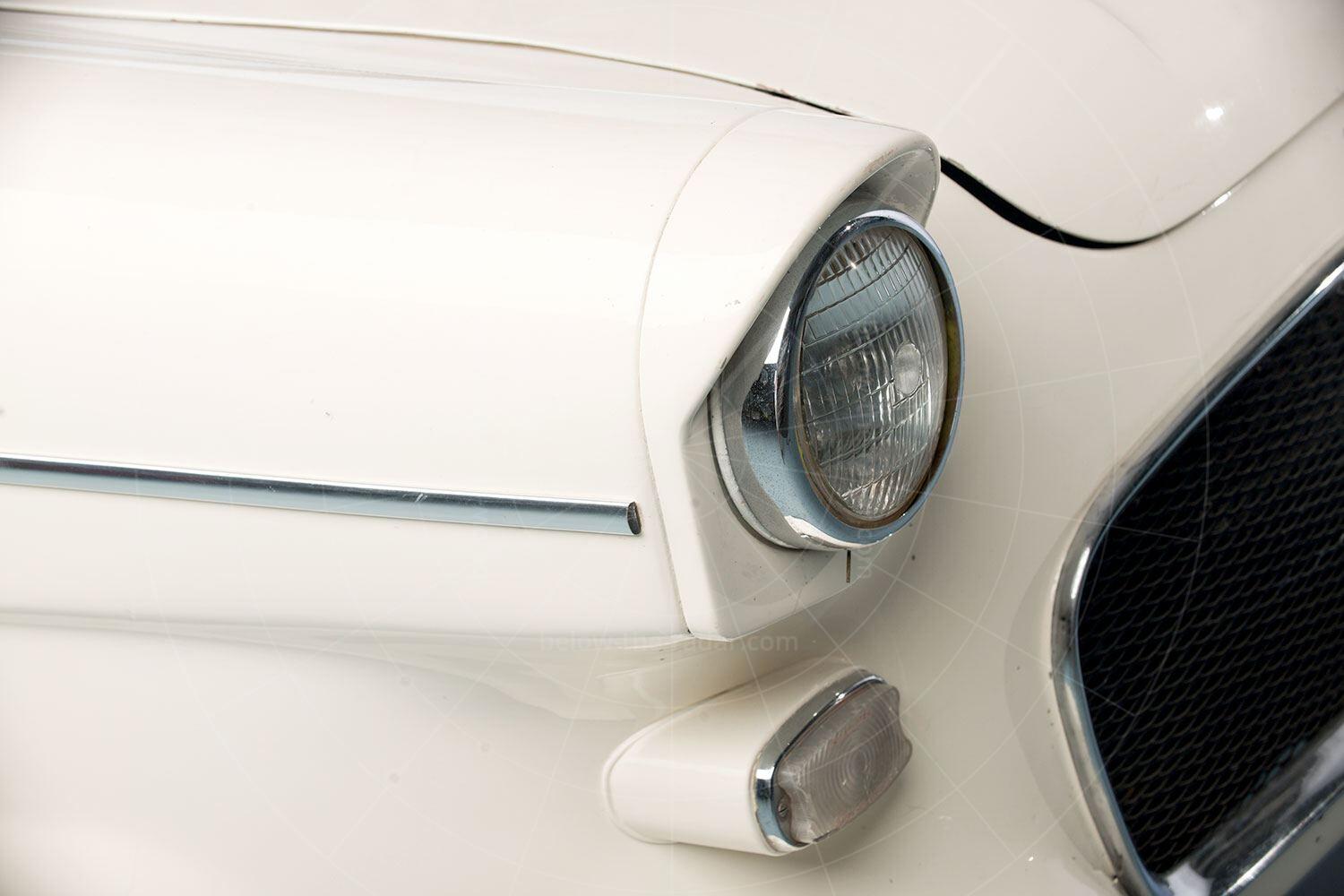
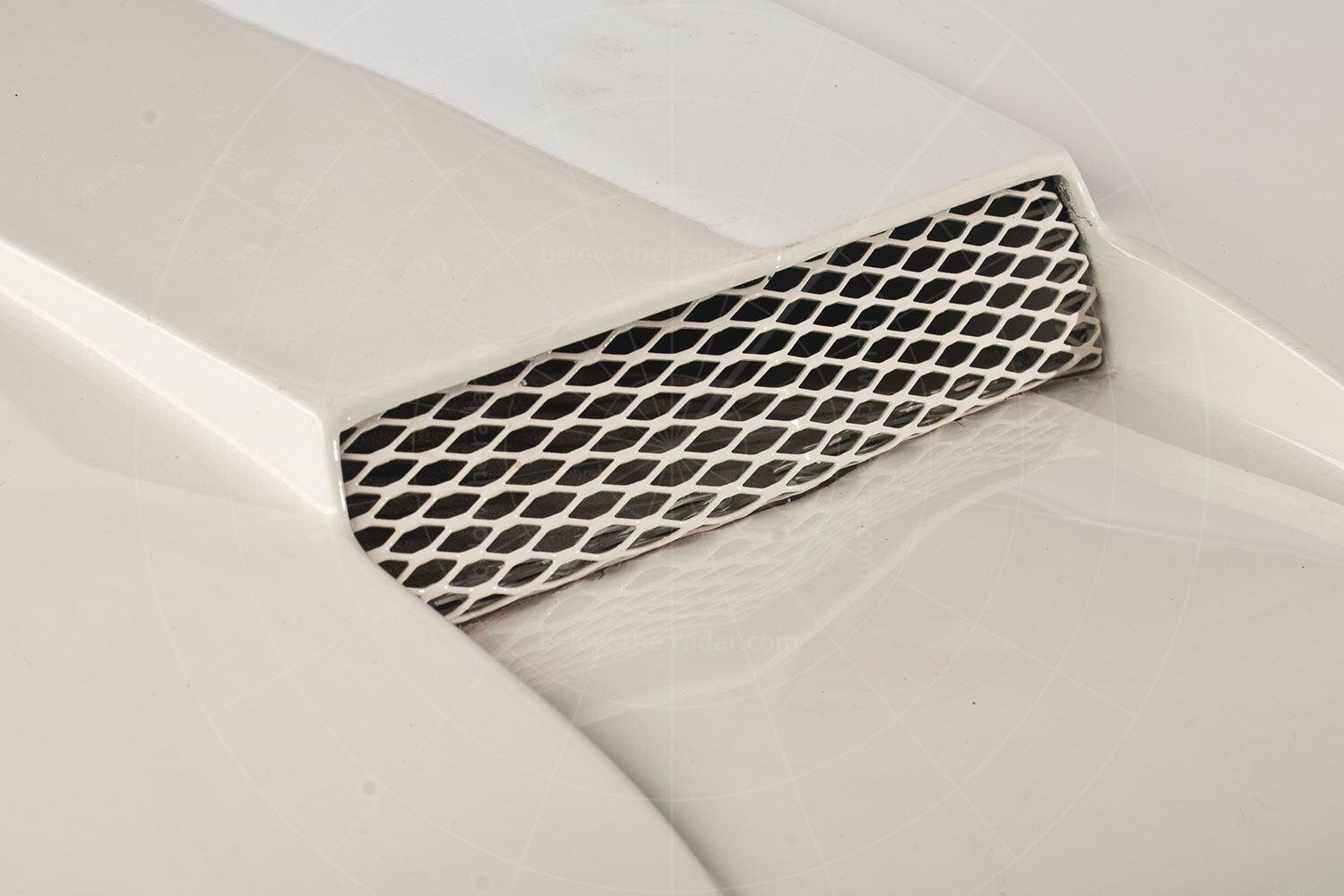
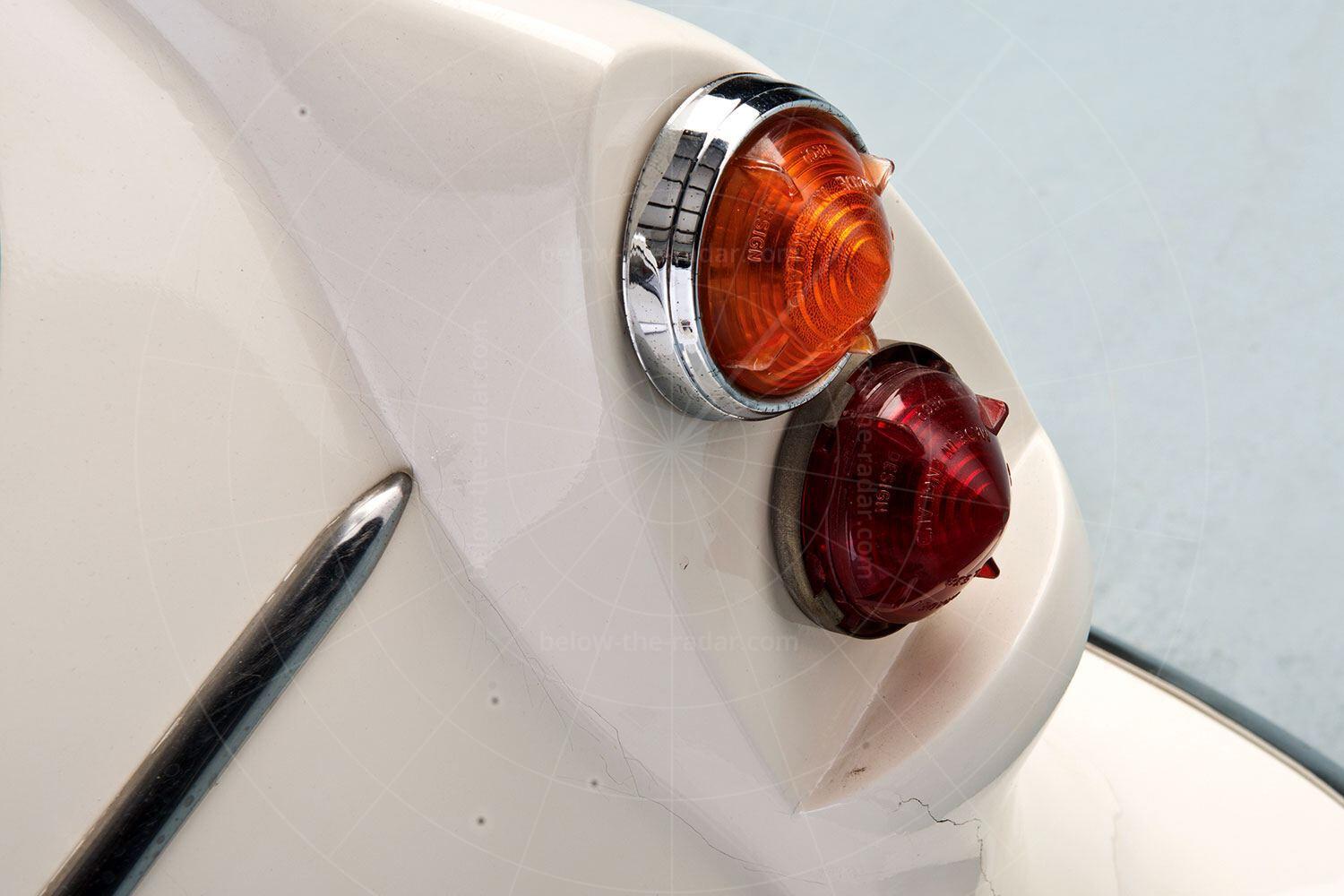
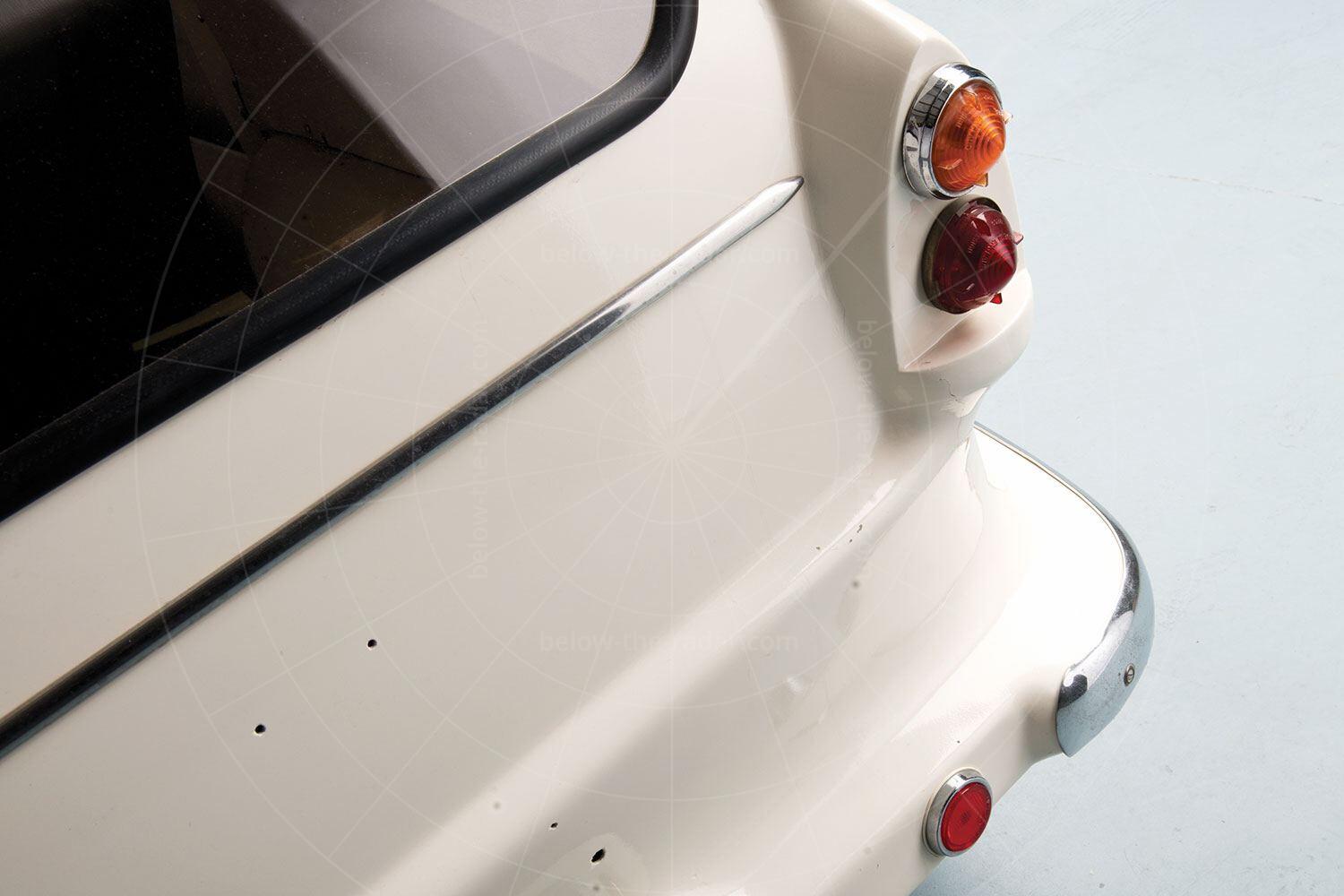
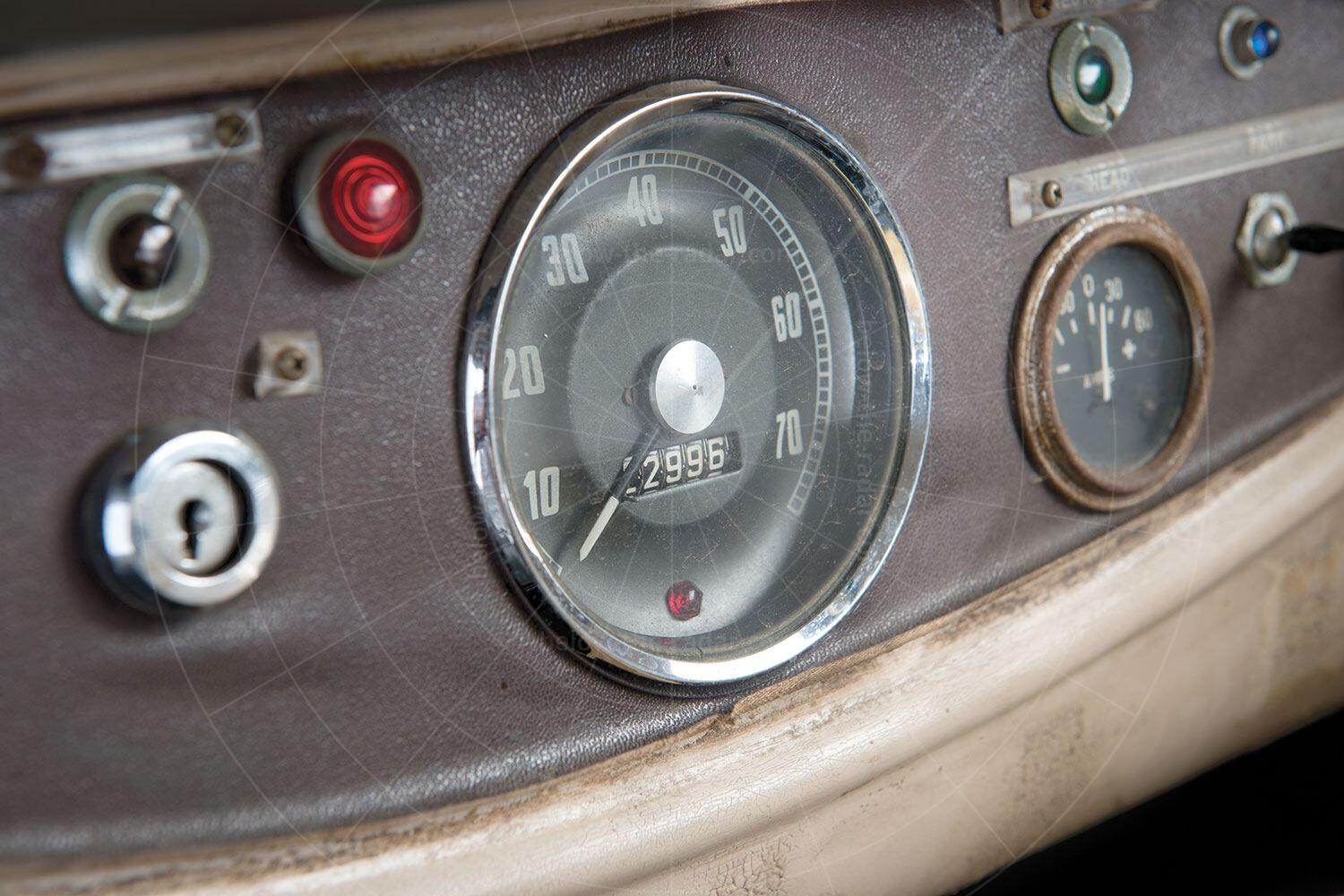
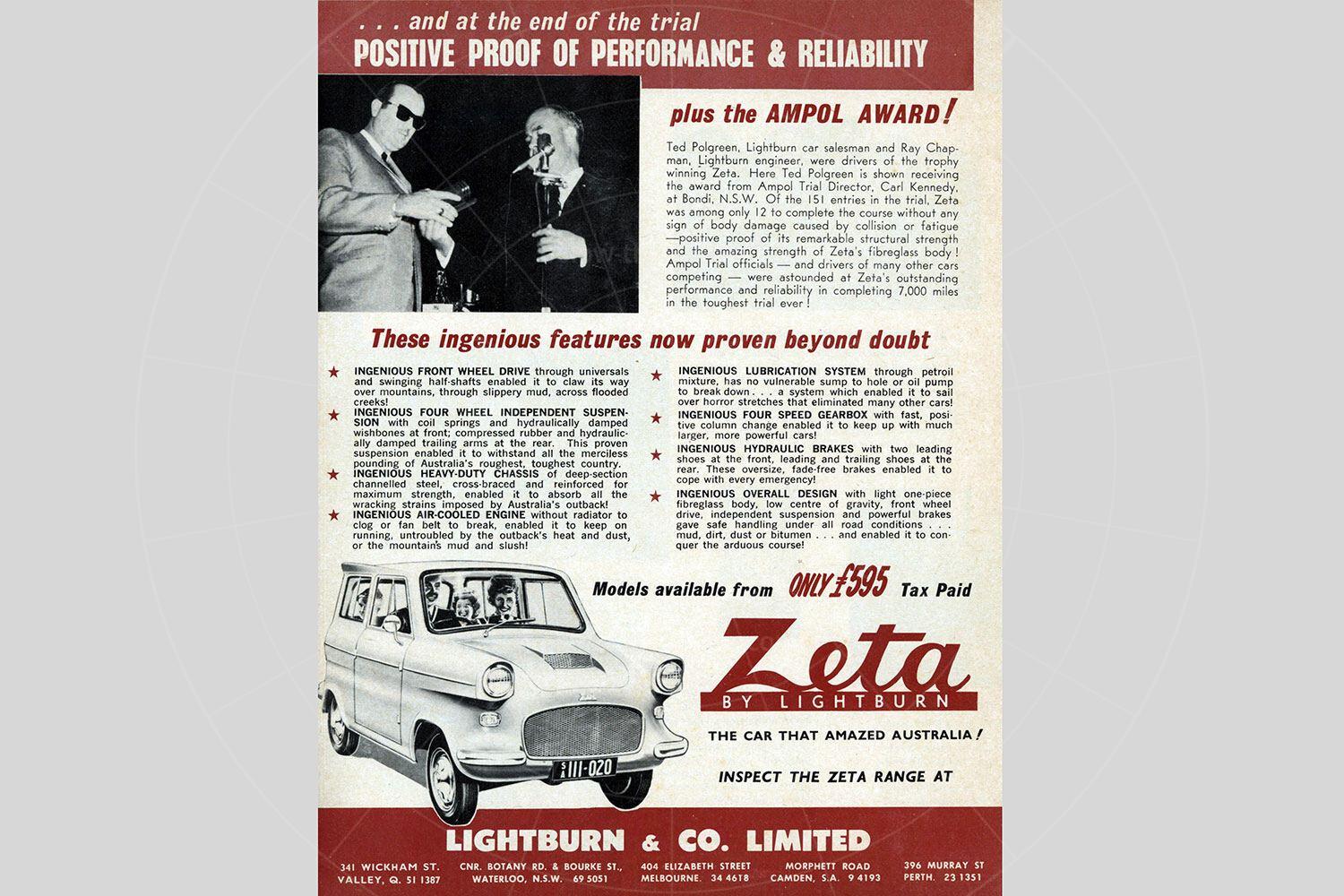
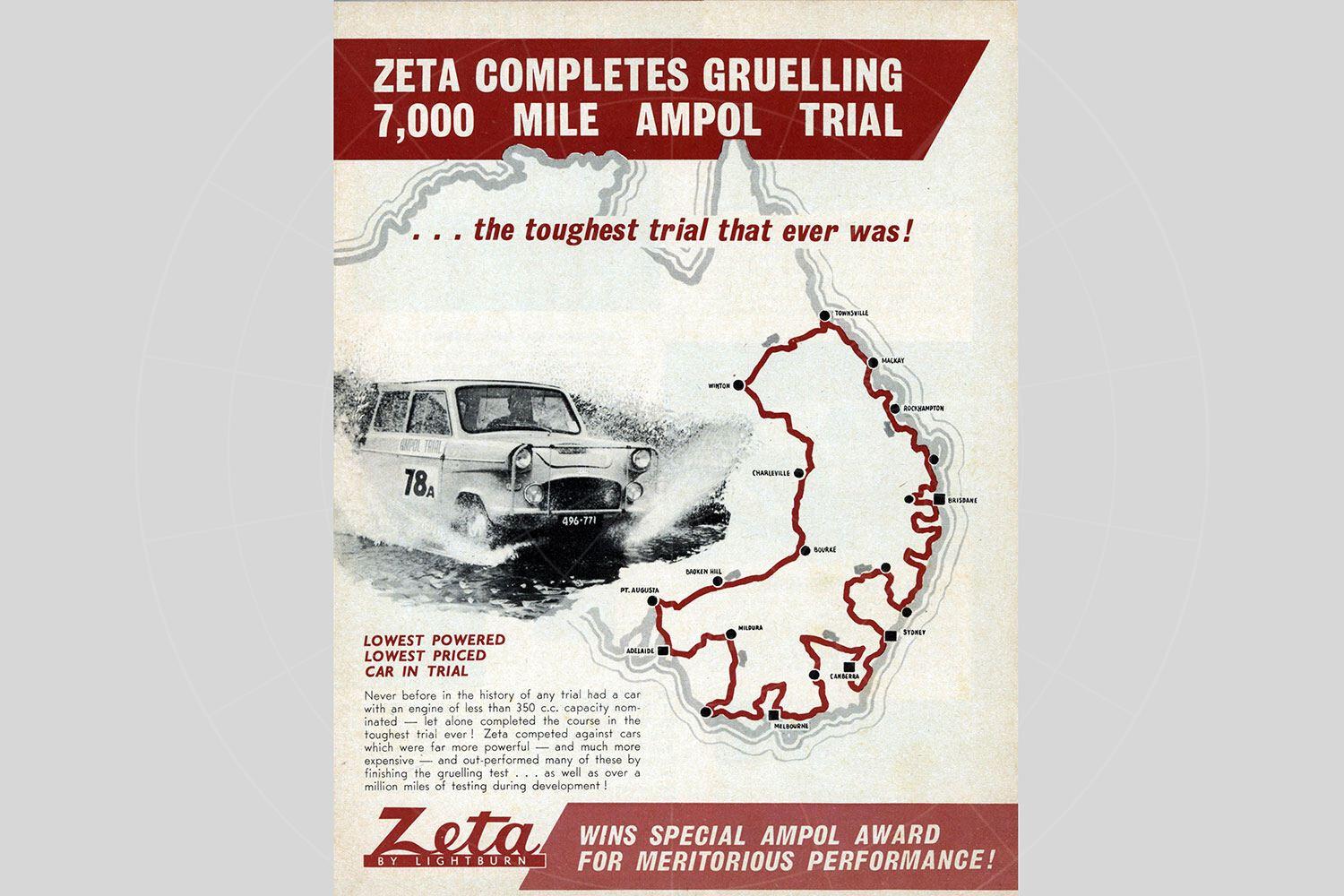
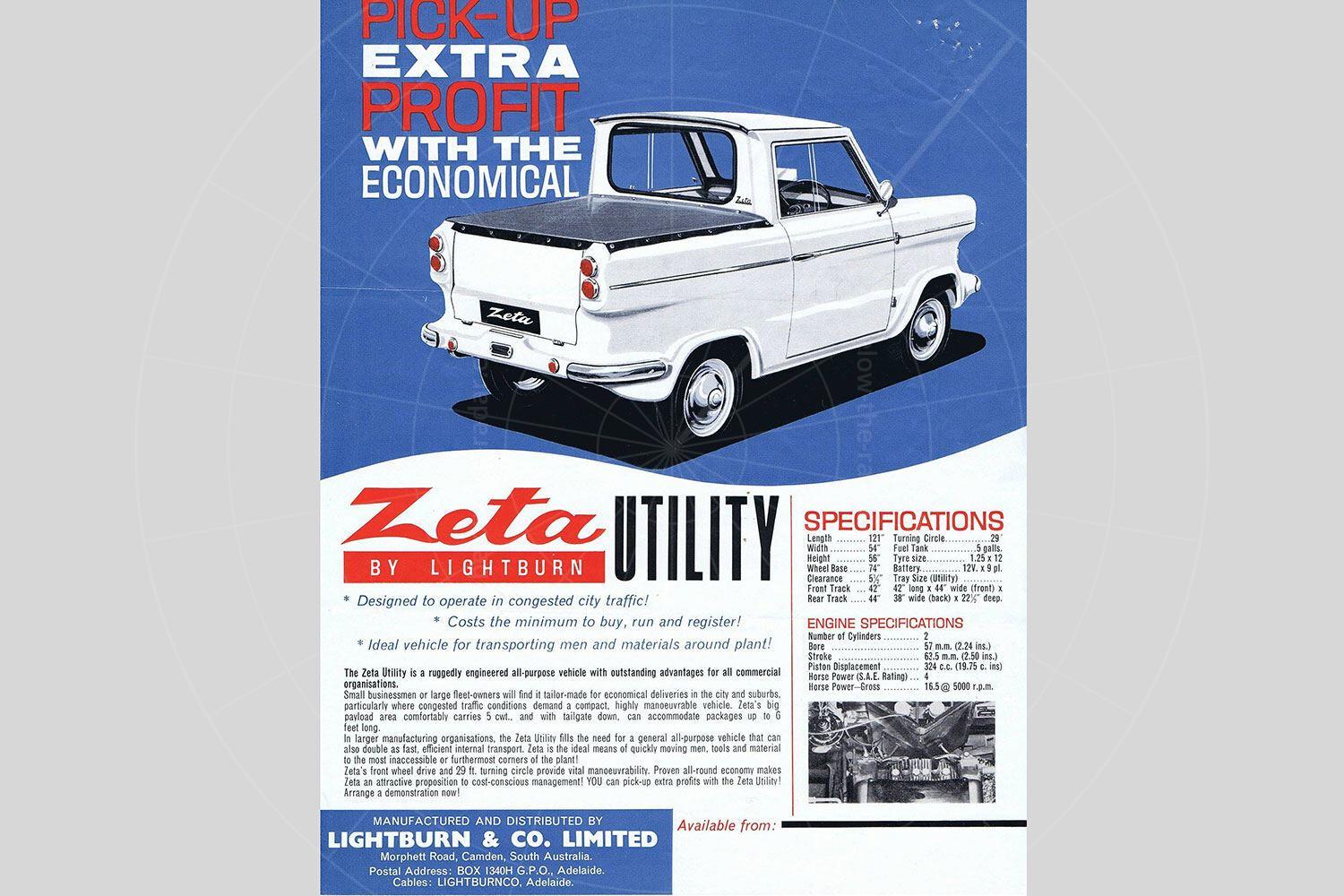
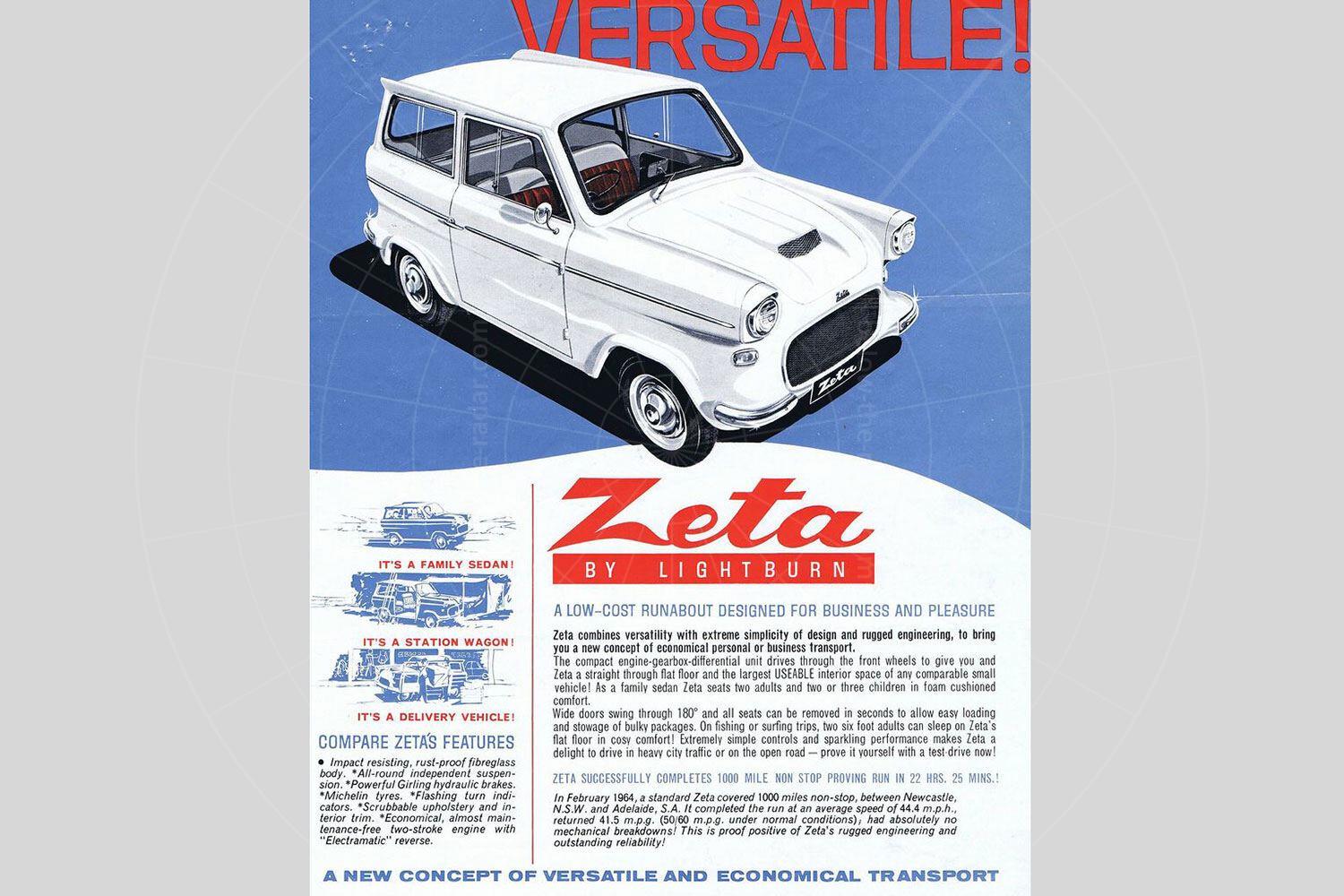
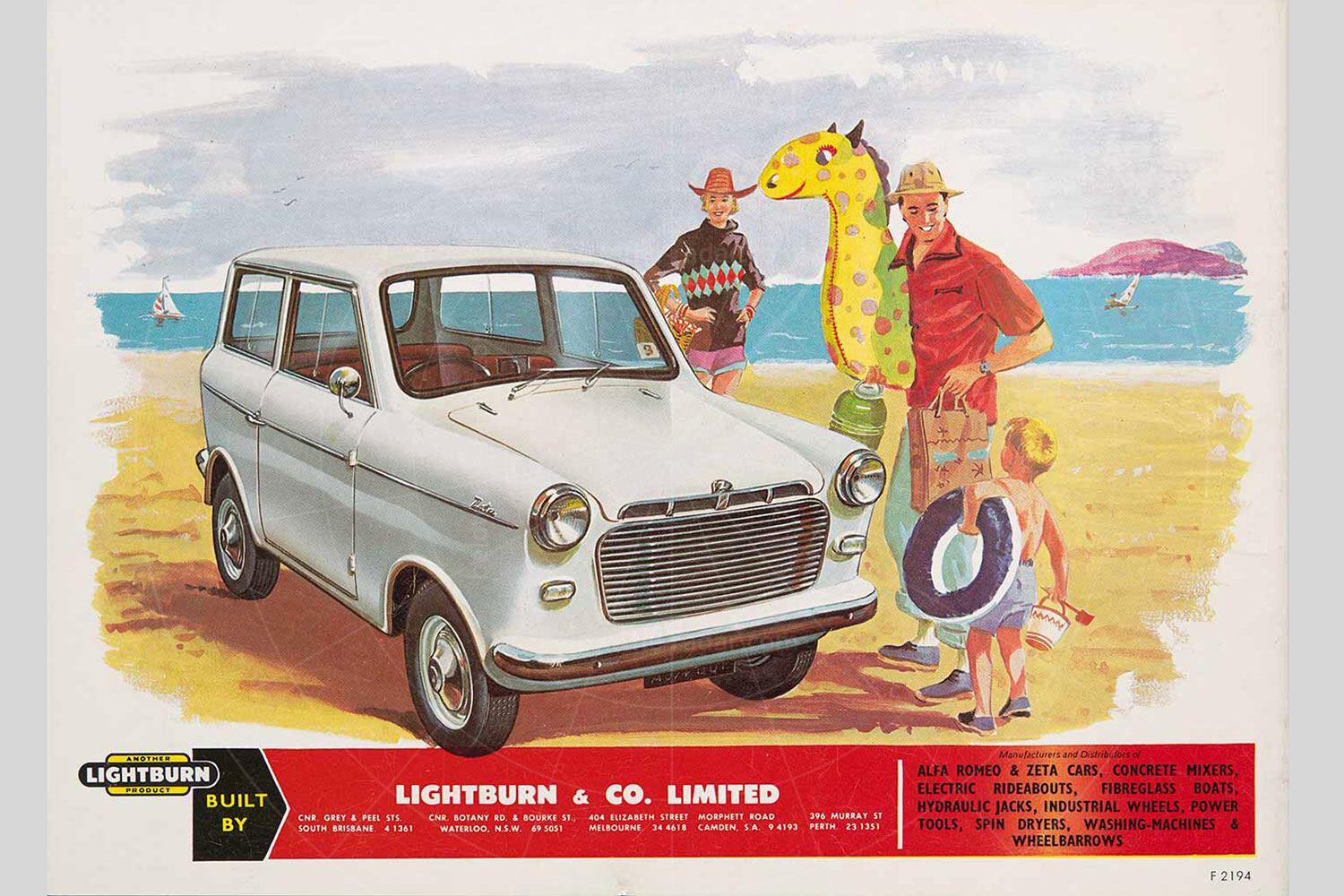
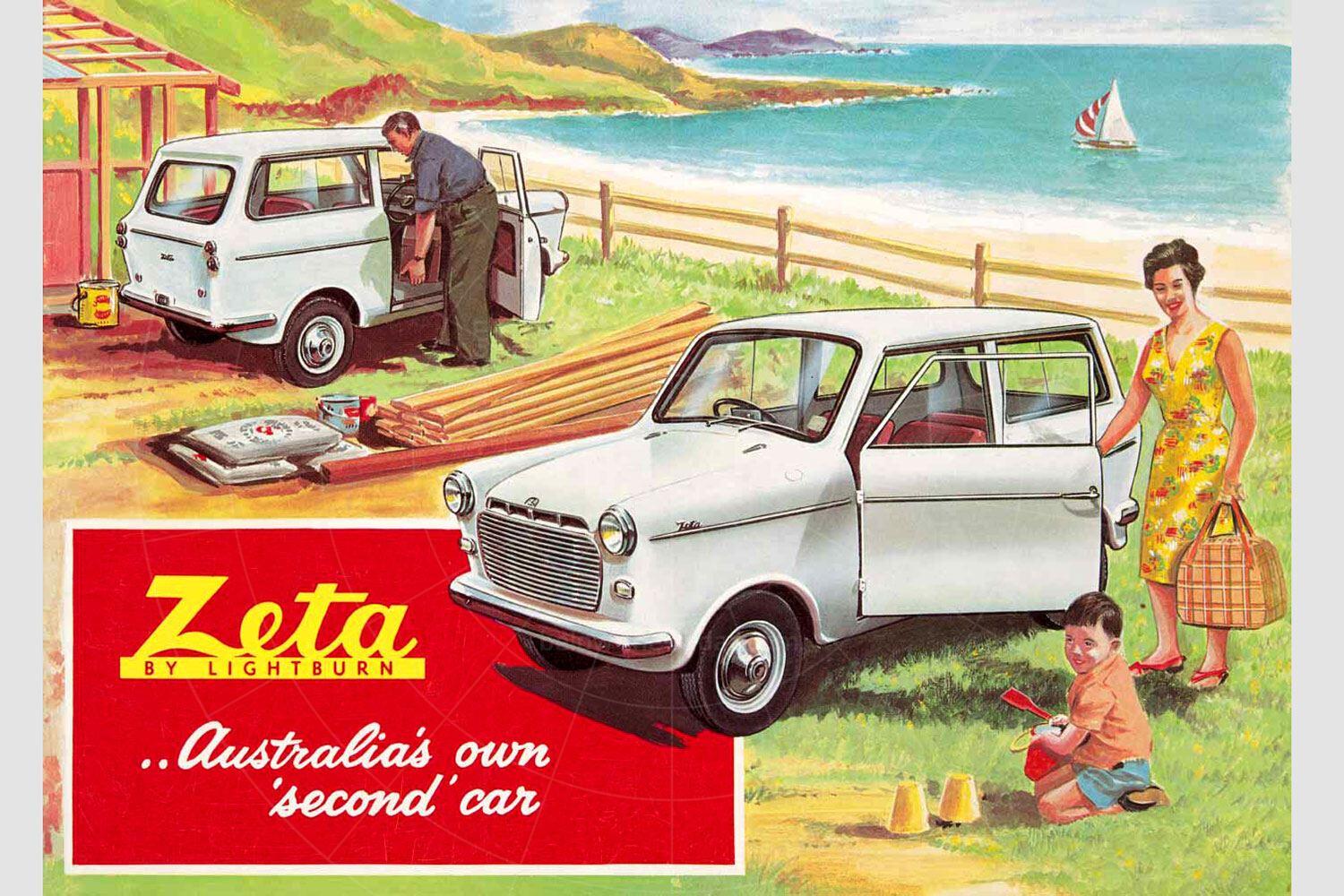
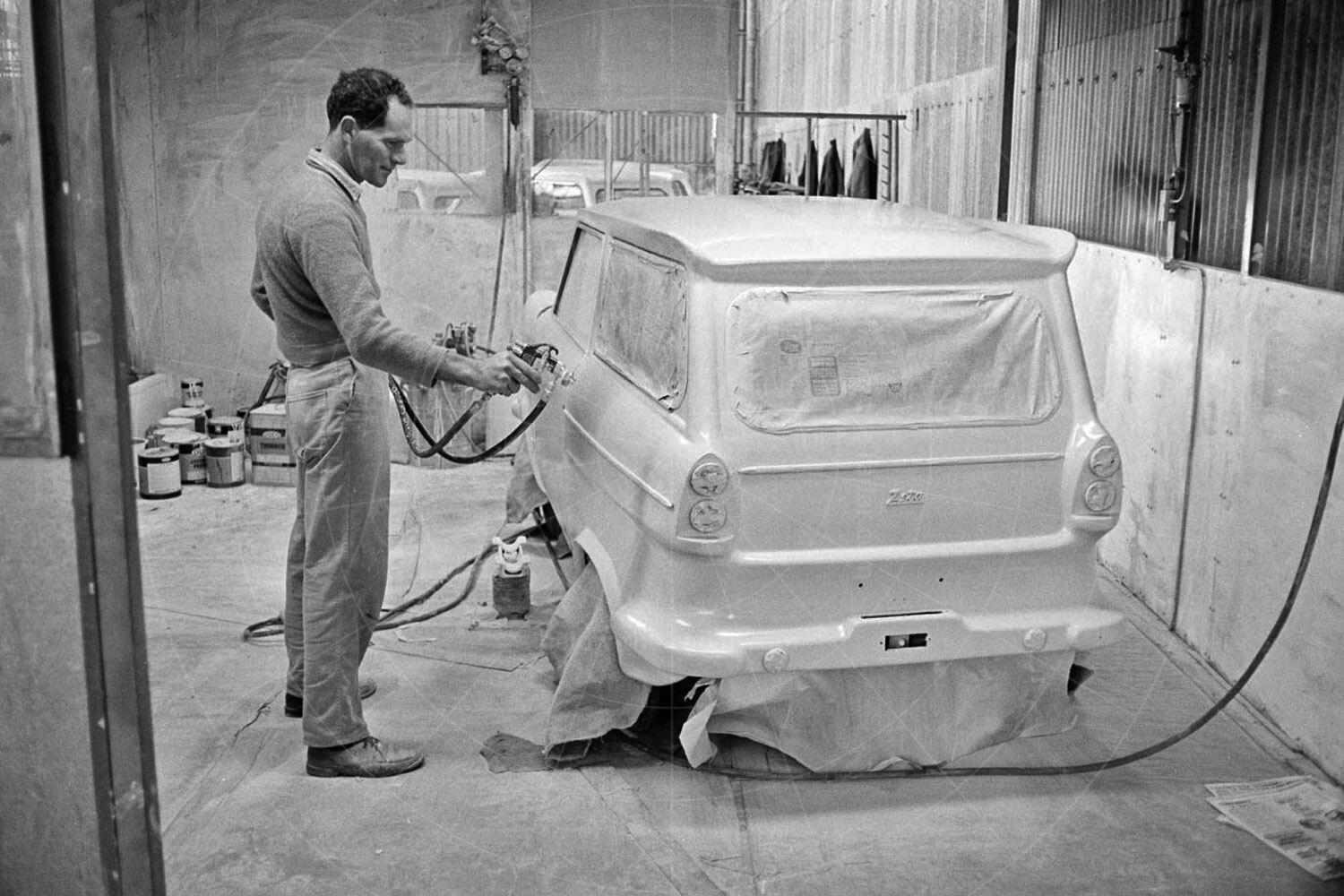
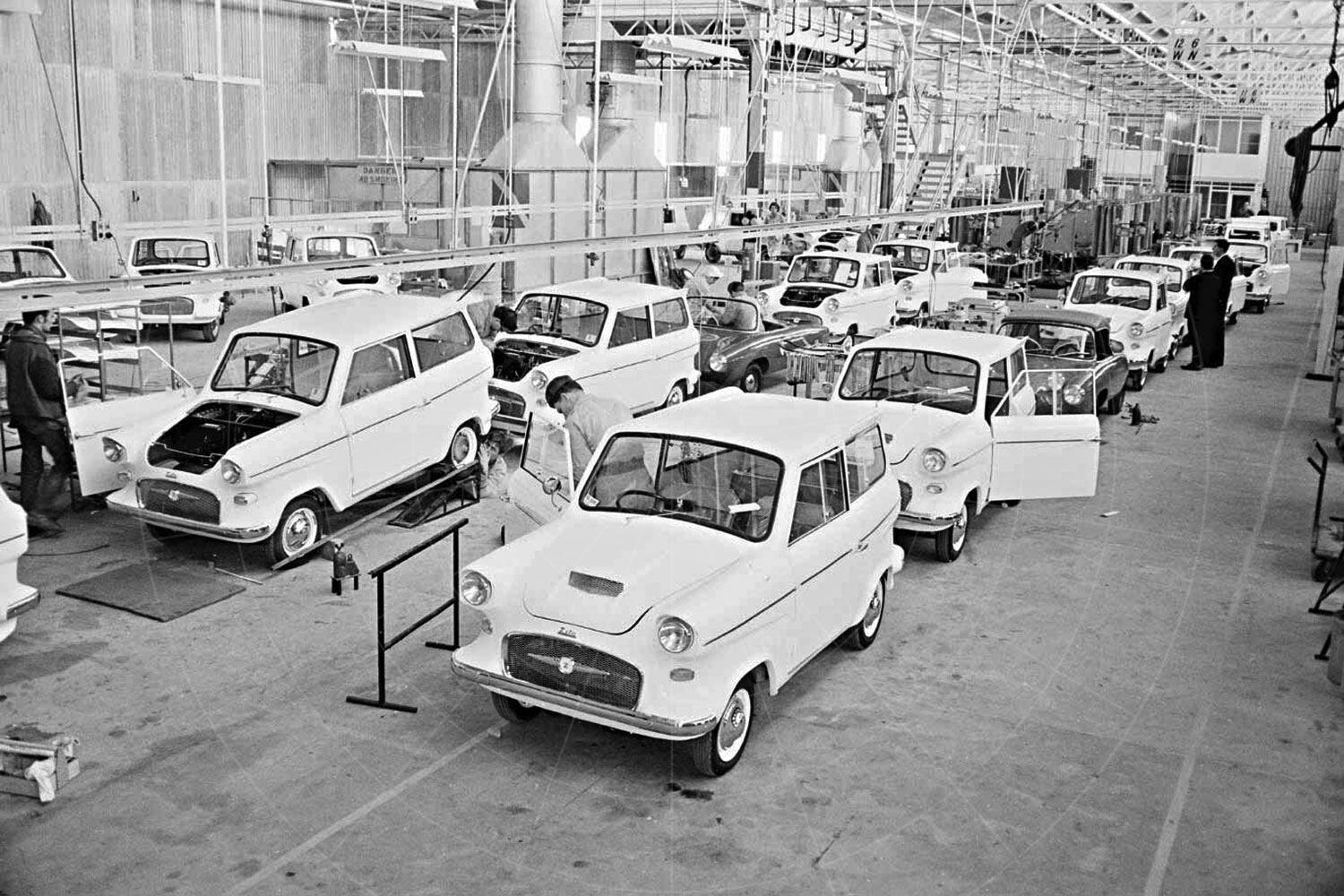

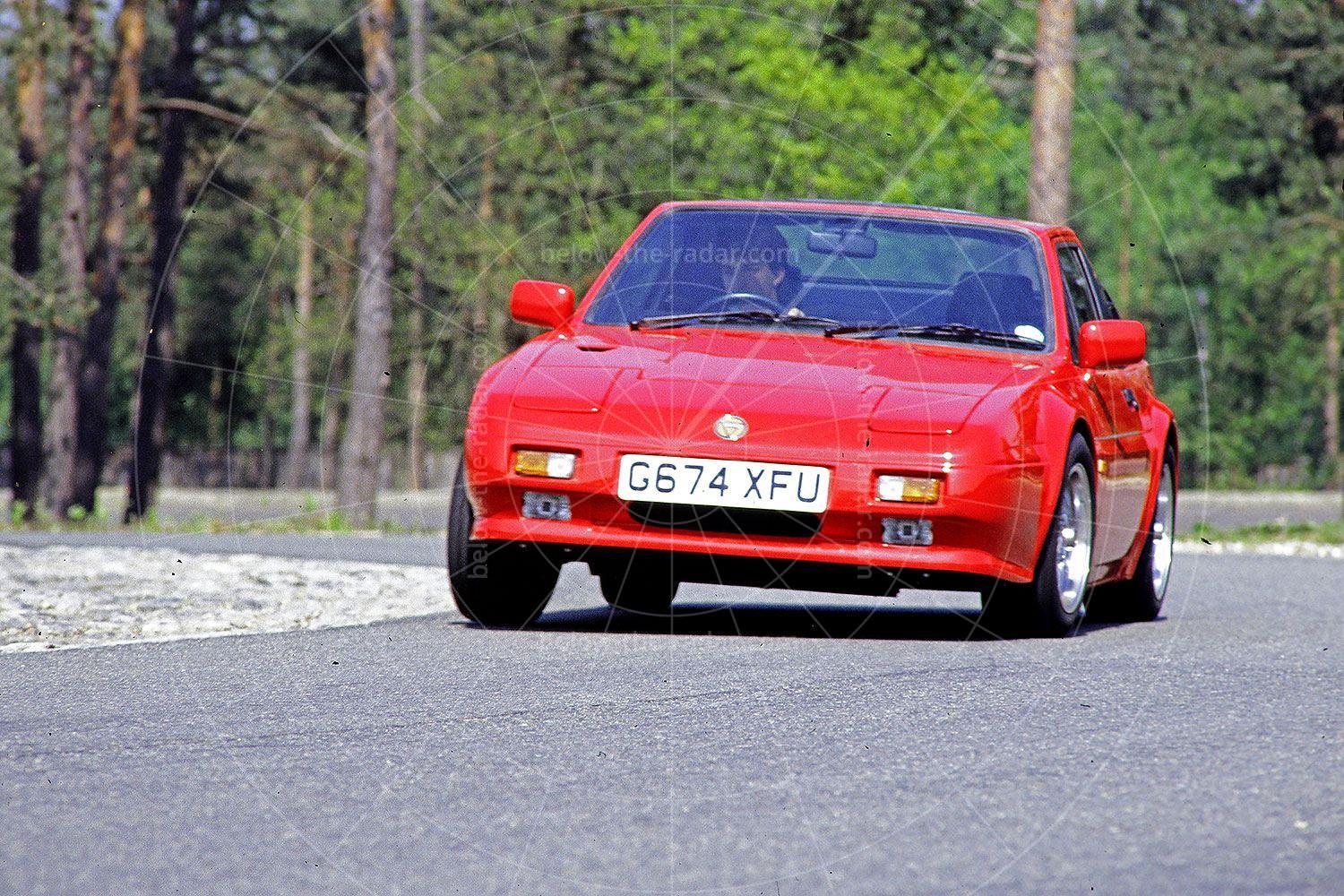
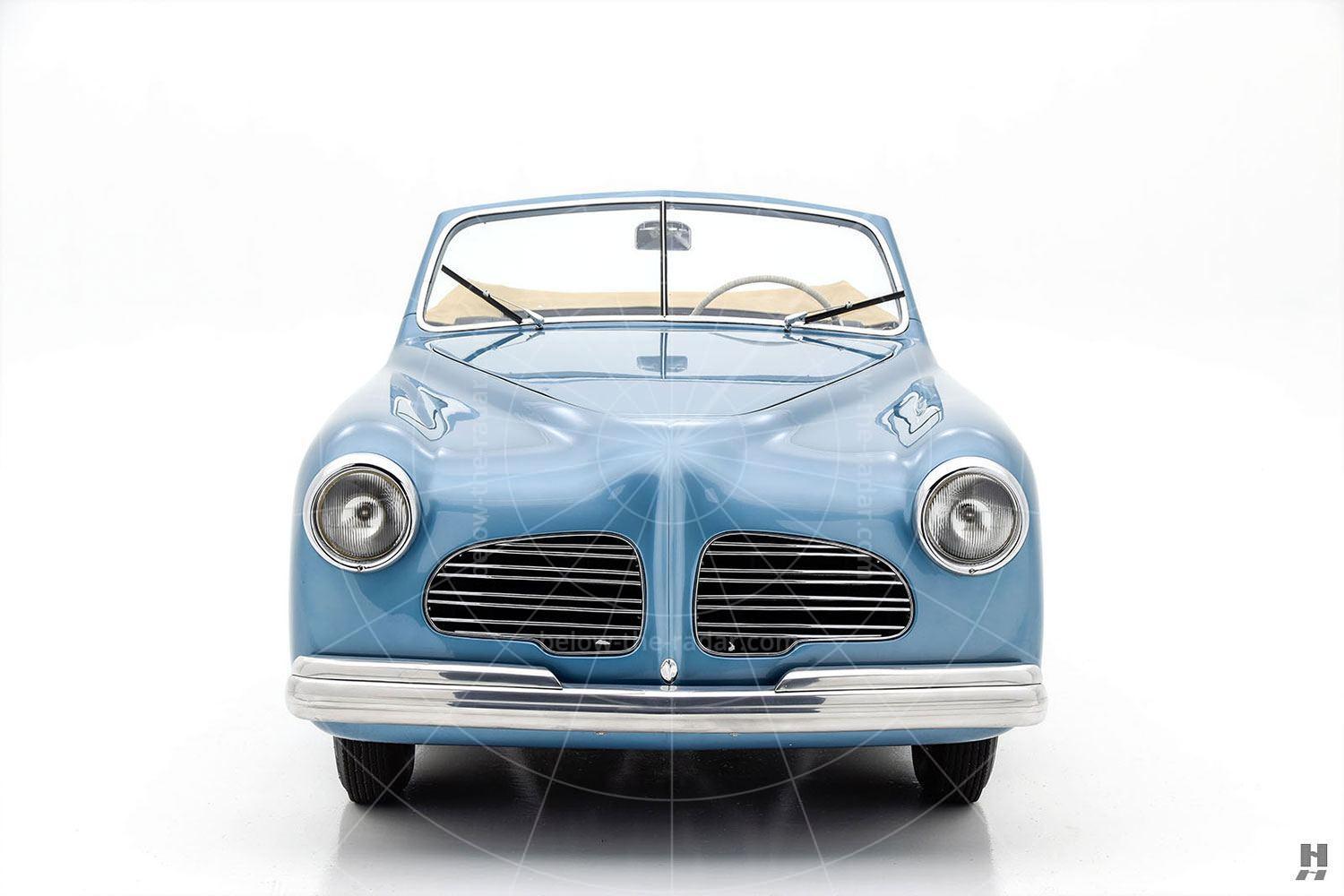
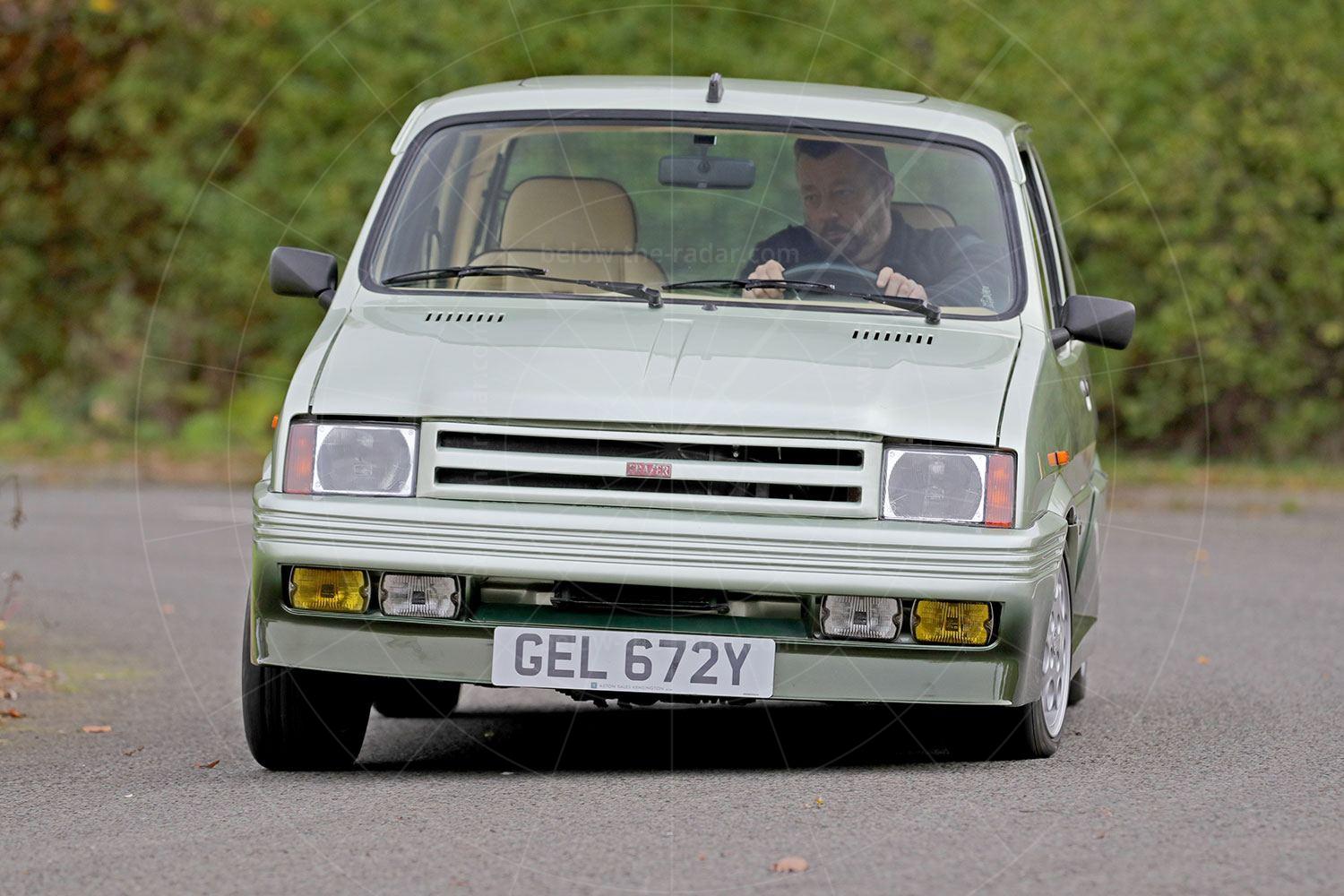
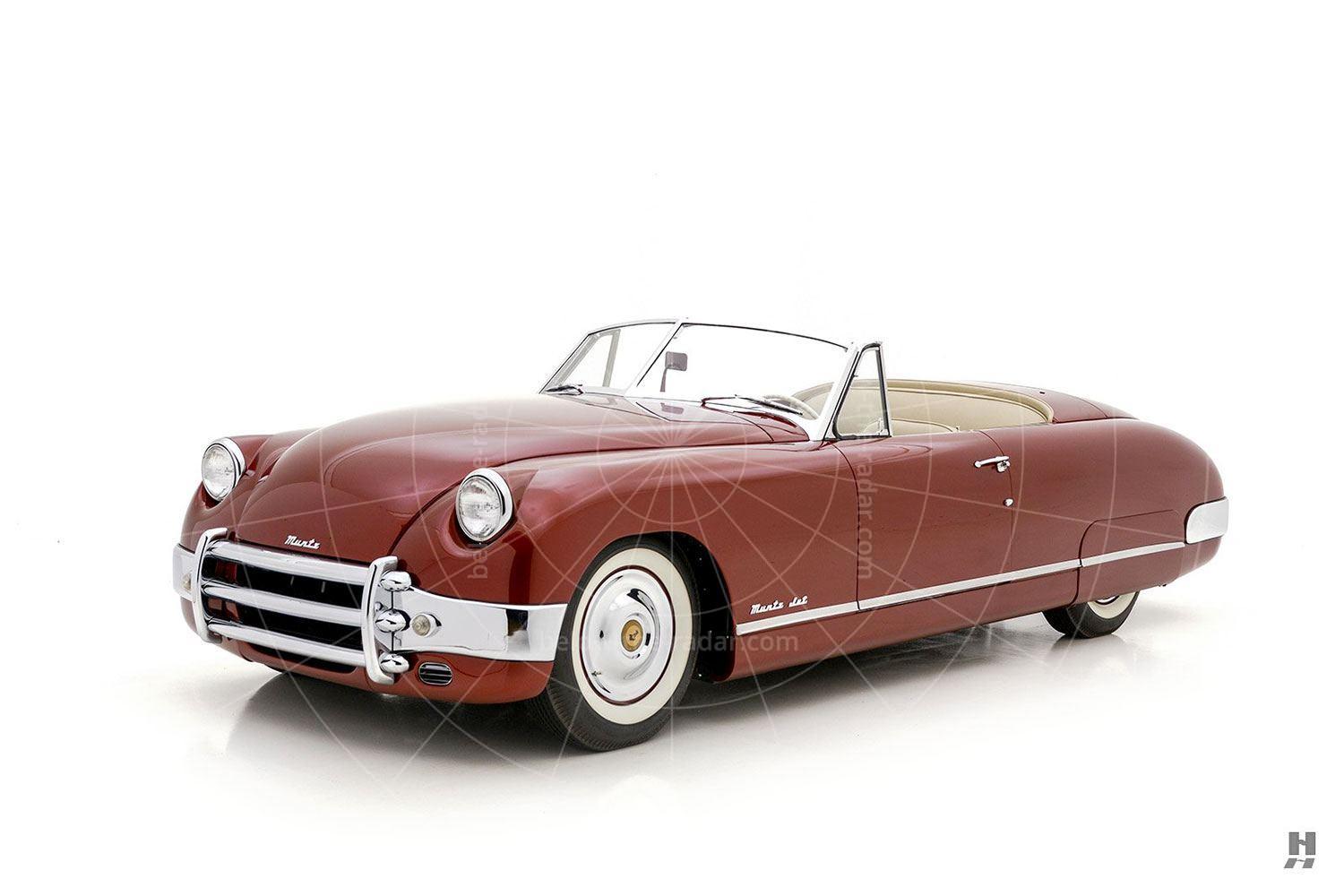
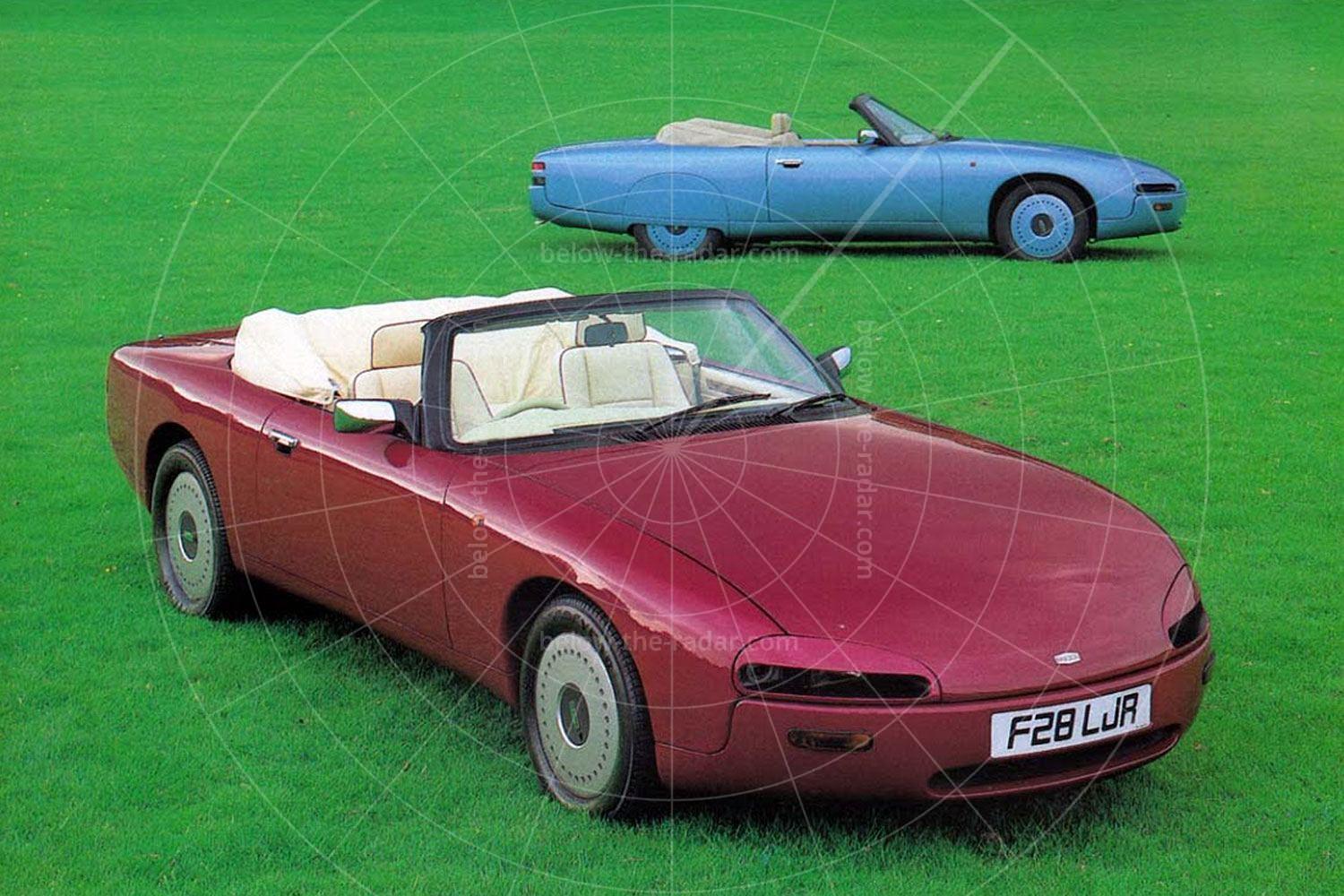
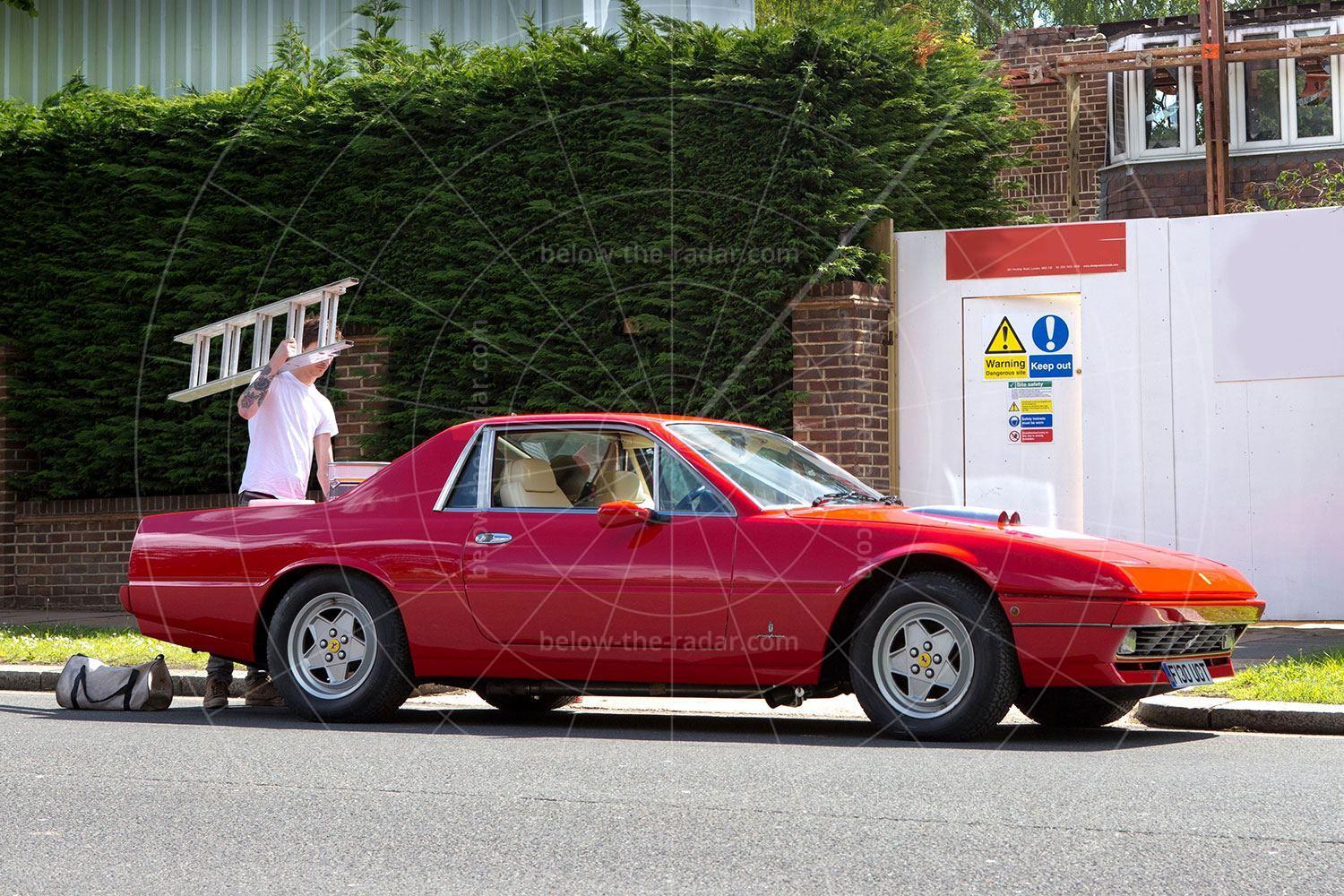
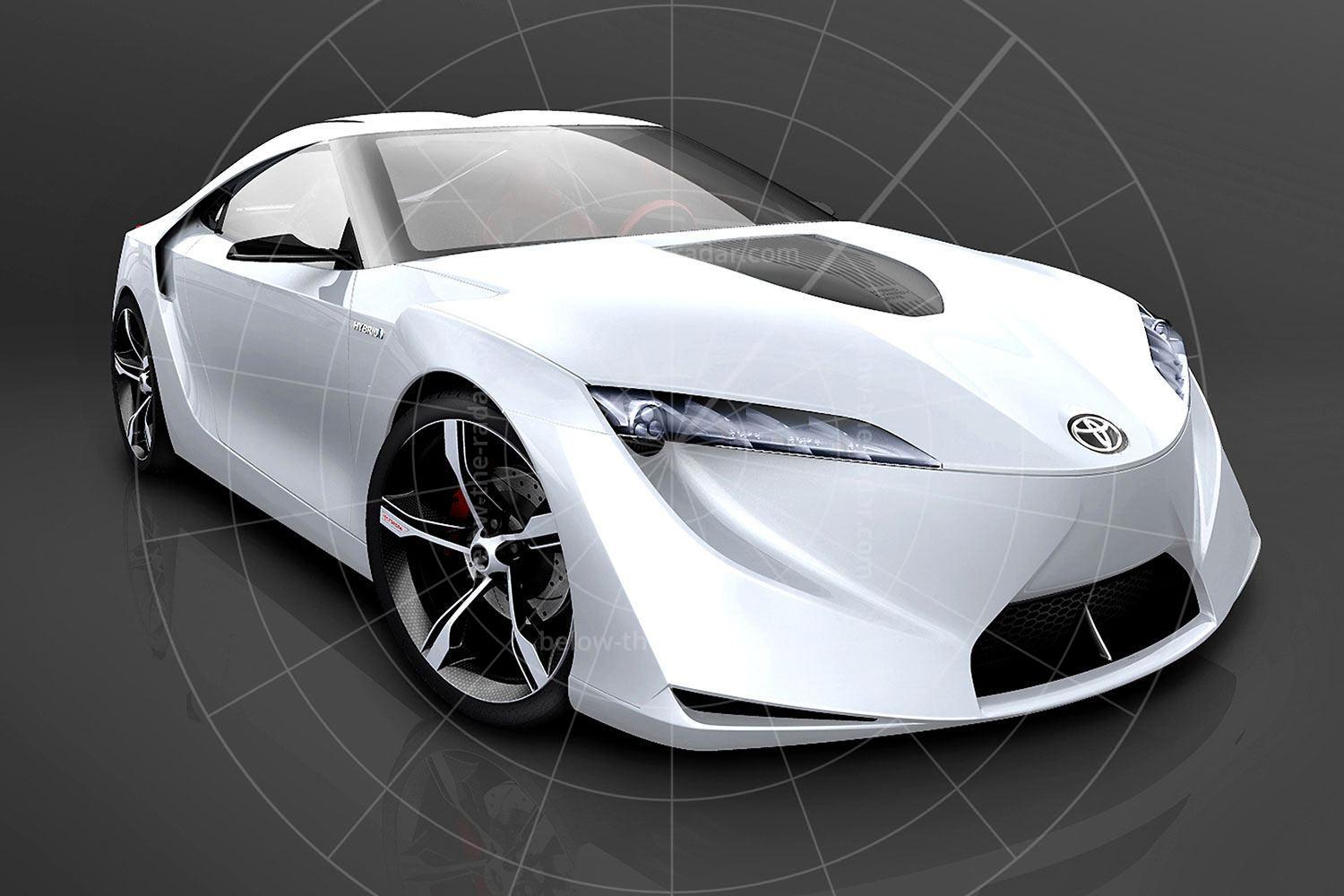
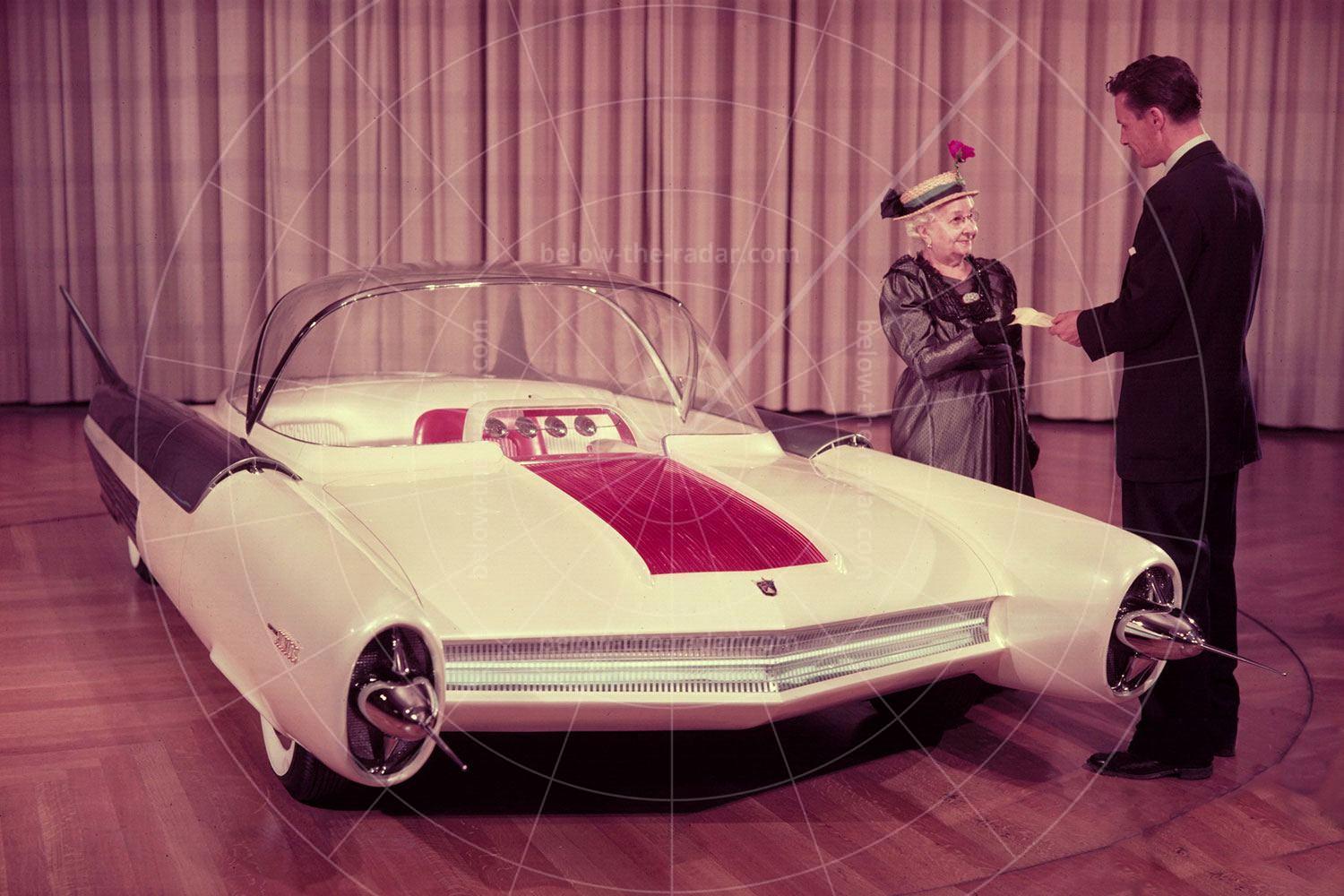
For those of us old enough to be in God’s waiting room, you may remember a little plastic Zeta that looked like a Vulcan bomber but was only about three or four inches wingspan. It came with a rubber band connected to a plastic peg , the combination of which was the power source. Young minds of course worked out that more, and thicker rubber bands meant higher speeds…..
The wing tips had a slight upturn which meant that the Zeta would do a loop and come back to you. On the supplied propulsive set up, it was very fast and you had to duck quickly or get it planted in your face. With a dozen or so rubber bands, your reaction time had to be lightning quick……
One time a friend and I were going for the school record as it were – we managed to duck in time and the Zeta shot past us and punched a hole through a plate glass window. The impact took both wings off…….
Were those drivers of the Zetas in the 1964 Ampol Trial masochists? LOL